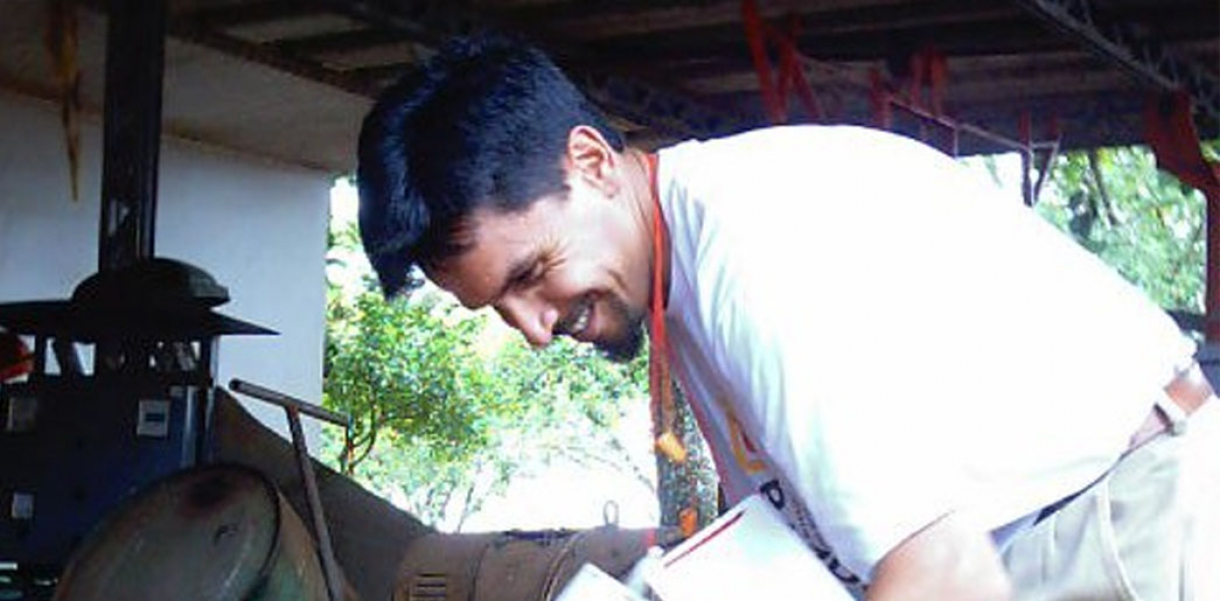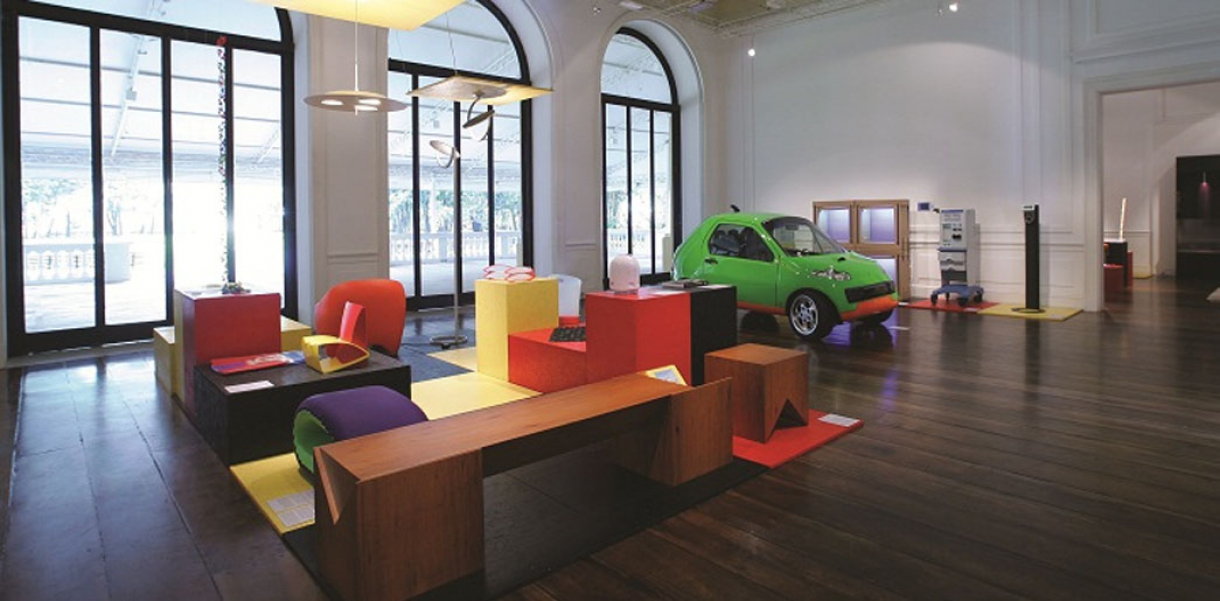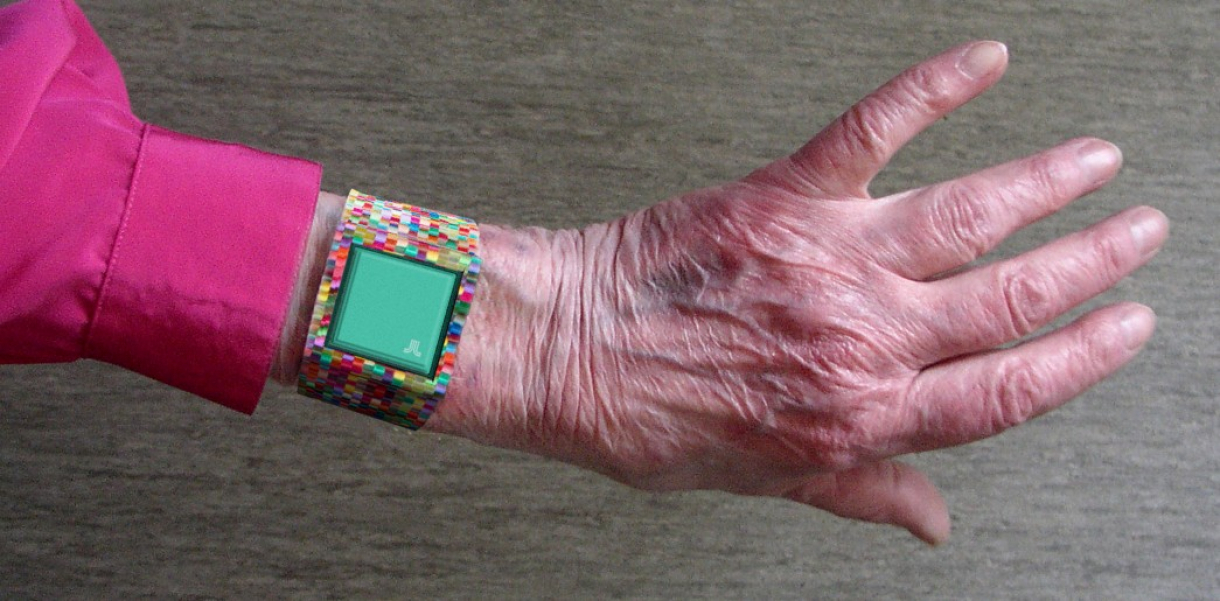Functionality and use of design
The project is based on the utilization of theme workshops in which designers and craftsmen and technicians work on the analysis of native cultures as a starting point towards the development of new typologies of items made out of ecological raw materials, ethically and socially correct.
How did this design improve life?
- Craftsmen communities from Brasil, Paraguay and Argentina that have been “moved” to build the ITAIPU dam and create a huge artificial lake, can, thanks to this project, learn to use new ecological raw materials and develop new products lines which, respecting their cultural identity and traditional techniques, allow them such incomes to guarantee a decent life.
- The intervention of design through creative laboratories breaks the typical isolation of craftsmen communities, puts them in contact with each other, with near countries, with people from all over the world, makes them visible and thus “defendable”. (Unknown community’s disappear every year with no-one noticing it)
- Design as a democratic intervention allows a community with no available economical means to have access to the advice of world experts who agreed to lend their time.
- A methodology of participative project will be defined, one that other community’s will be able to use on different questions.
- Ñandeva promotes the analysis of native handicraft cultures as a starting point towards the development of new typologies of articles. This way tecniques, expressions and tribal traditions are rediscovered and preserved.
Drawbacks of life improvement
- Since 2004 the Ñandeva Project has been giving impulse to a special dynamic among craftsmen and their families in the three participating countries (Brasil, Paraguay and Argentina). The new lines of products that were created during the design workshops will help increase available funds for the families.
- Ñandeva points on a sustainable utilization of raw materials, substituting them, when necessary, with ecological and recyclable materials.
- Ñandeva promotes the analysis of native cultures as a starting point for the development of new topologies of articles. This way techniques, expressions and tribal traditions are rediscovered and preserved.
- Ñandeva guarantees to craftsmen communities visibility through mass media, and this will make possible other claims of the social or economic sort.
- To participate to Ñandeva means, for the young designers of the area, a chance to have access to a high level treatment practiced on the field by senior designers from all over the world.
- Through design workshops, Ñandeva contributes to integrate communities of different cultures and languages that live a few kilometers apart from each other and have been in contrast for centuries
Research and need
The ITAIPU dam, the greatest dam in the world, was opened in the late seventies, within the natural park of the Iguazu Falls, between Paraguay and Brazil, a few kilometers from the Argentinean border
The dam created a huge artificial lake (1200x300 km) which interfered with the equilibrium of the area, altering its climate and forcing all the traditional communities who lived along the shores of the Paraguay River to move away.
All this deranged life in the craftsmen villages of the three countries, which found themselves without their raw materials, in different echo-systems, far from the traditional marketing centers.
In 2002 the Brazilian and the Paraguayan governments agreed to utilize the ancient citadel of the dam builders. It became the PTI – Integrated Technological Center for the study and use of clean technologies, free software, alternative energetic production systems, etc.
In 2003 they discussed the creation of a project for the handicrafts development through design, aimed to be of help to the communities living in the provinces of the Guarani Missions of the three countries.
In 2004 PTI invited Giulio Vinaccia and the ETNO staff to accomplish the first step of the ÑANDEVA project (“All together” in Guarani language), a workshop for crafty design that would involve traditional craftsmen from the three countries, local designers, and a group of international designers that volunteered to reach Foz de Iguazu to coordinate the project.
On December 4 2004 Ñandeva moves its first step. To the first workshop participate:
- 92 craftsmen form Brazil, Paraguay, Argentina
- 21 designers and technicians from the nearest universities (Brazil, Paraguay and Argentina)
- 12 senior designers from Italy, Spain, Denmark, England, France, Mexico, Germany, Venezuela.
- In 5 days they realized 233 new products with the following techniques:
- Jewelry, joinery, weaving, leather, natural fibers, sawing, ceramics, iron.
These items are part of an itinerant exhibition which will be opening in Foz de Iguazu at the beginning of March 2005 and then reach the capitals of Argentina and Paraguay. Ñandeva expects, for the year 2005:
- To complete a research on the identity of Guarani people in the Misiones territories in Brazil, Argentina and Paraguay.
- To carry out a project for Packaging and corporate identity of the products, with the goal to give way to a target- aimed marketing strategy in the hotels and touristic sites of the Iguazu Falls natural park.
- To carry out 8 theme workshops within the communities on lake Itaipu.
- To call for a World Forum on Democratic use of Design, to get to know, discuss and elaborate experiences of “useful” design
Designed by
Giulio Vinaccia, Malba de Aguiar, Juan Sotuyo, Parque Tecnológico Itaipu, Renato Silveira - Italy




